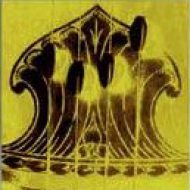Explore >> The notion of a particular time prescribed for ragas (gāna kāla) plays a greater role in Hindustani music than for exponents of its southern counterpart where sārvakālika ragas prevail: ragas suited to any day or night time. A few ragas nevertheless continue to be associated with the moods indicated by song lyrics (notably …
Continue reading “Time theory in Vivekananda’s Concepts of Indian Classical Music”
